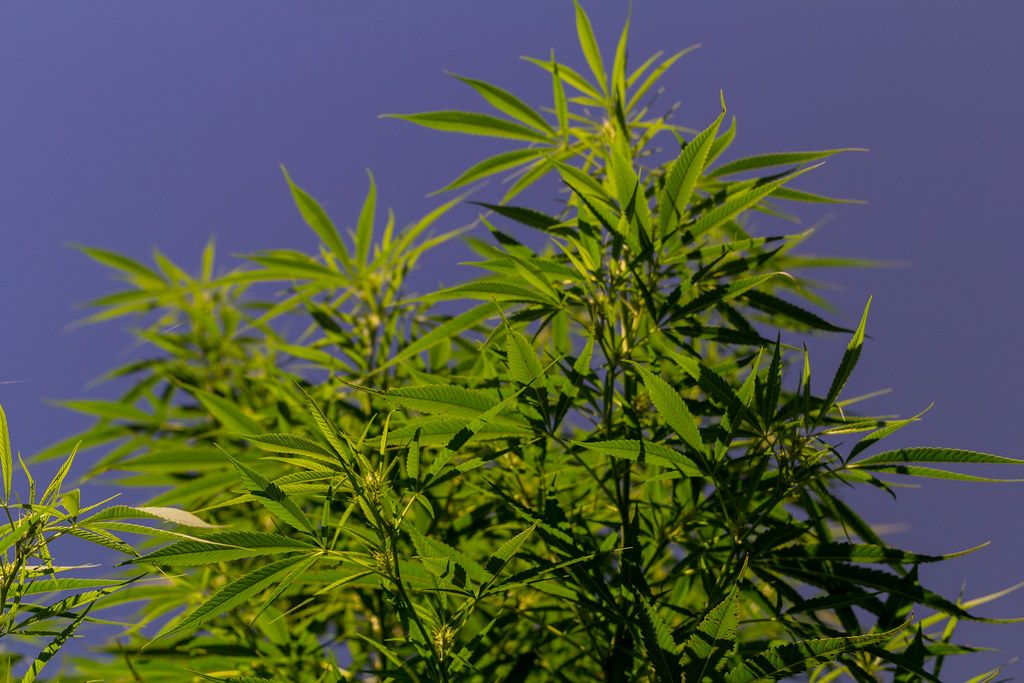As the popularity of cannabidiol (CBD) continues to surge, discussions about its environmental impact have taken center stage. CBD, renowned for its therapeutic benefits, is derived from the cannabis plant, which is also the source of marijuana. With increasing demand comes increasing production, and with production, environmental concerns arise. For those living in sunny California and particularly those patronizing a weed dispensary in Santa Barbara, understanding the ecological impact of CBD production is essential.
Water Usage
Like many plants, cannabis requires water to grow. However, its water needs can be considerably high, especially in regions that naturally have less rainfall. With expanding cultivation facilities, the demand for water in these areas can result in depleting the already scarce resources. Over-irrigation can also lead to runoff that may carry pesticides and fertilizers into nearby water sources, harming aquatic ecosystems.
Land Use and Deforestation
The rising popularity of CBD products has spurred an uptick in land allocated for growing hemp and cannabis. This doesn’t mean we’re seeing the extensive deforestation witnessed in other sectors. However, this shift from natural habitats to cultivation areas can disturb the local environment. Such alterations can result in biodiversity loss, potentially harming the unique balance and richness of local ecosystems. This trend underscores the importance of sustainable farming practices to protect our planet’s diverse flora and fauna.
Energy Consumption
The process of growing cannabis indoors consumes a significant amount of energy. To create the ideal conditions for the plants, facilities maintain continuous lighting, heating, and ventilation. Consequently, these operations can leave behind a sizable carbon footprint, particularly when they rely on non-renewable energy sources. Embracing renewable alternatives, like solar and wind energy, presents an effective way to reduce this environmental impact. Such sustainable methods can counterbalance the energy demands of indoor cultivation. However, it’s noteworthy that the shift towards these eco-friendly solutions is only just beginning. As awareness grows, the hope is that more cultivators will prioritize green energy, minimizing the industry’s overall environmental footprint.
Pesticides and Chemicals
Cultivating high-quality cannabis plants often demands a lot of attention and care. Many growers, in their quest to boost yields and maintain the vitality of their crops, resort to using pesticides and various other chemical agents. While these can indeed ensure the health and robustness of the cannabis, improper handling or overuse presents significant ecological risks. The soil can become contaminated when these chemicals seep into it. Once this happens, it’s not just the terrestrial ecosystems that are at risk. These chemicals can also find their way into water systems, endangering aquatic life. But the implications don’t stop there. When these chemicals are present, the end product, especially CBD, may contain unwanted residues. This compromises the purity of the CBD and raises concerns about its safety for consumption. Thus, it’s crucial for cultivators to exercise caution and manage chemical use responsibly.

The Bright Side: Sustainable Practices
Amid the complexities of the CBD industry, there emerges a hopeful perspective. A growing number of progressive cultivators, particularly in eco-conscious locales such as Santa Barbara, are embracing sustainable agriculture. They’re venturing beyond traditional methods, incorporating techniques like integrated pest management, which significantly reduces reliance on detrimental chemicals. Furthermore, many are tapping into rainwater harvesting systems, a commendable approach to conserving water resources. The move towards renewable energy in the cultivation process is yet another stride towards sustainability.
One remarkable attribute of hemp, a primary source for CBD, is its phytoremediation capacity. This unique characteristic allows hemp to purify soil, drawing out and absorbing pollutants. This is particularly advantageous in regions tainted by industrial pollutants, as hemp aids in restoring the health of the land.
With the rising consumer consciousness, there’s a noticeable surge in the demand for organic CBD products. By favoring organic options, the utilization of synthetic agents is significantly reduced. More importantly, this preference steers farming methods to be more aligned with nature, promoting a balanced ecosystem.
Of course, like any burgeoning industry, CBD production presents environmental challenges. However, the tide is turning. With heightened awareness and a unified move towards eco-friendly measures, these hurdles are not insurmountable. Whether one is a producer, a discerning consumer, or a local scouting for a reputable weed dispensary in Santa Barbara, being well-informed and making eco-friendly choices is paramount. We must remember that the therapeutic gifts of CBD and the splendors of nature are intrinsically intertwined, each enhancing the other.
- The Ultimate Guide to Delta 8 Disposable Vapes: What You Need to Know - March 8, 2024
- The Environmental Impact of CBD Production - August 28, 2023
- Cannabis In Thailand: A Green Revolution - August 15, 2023


